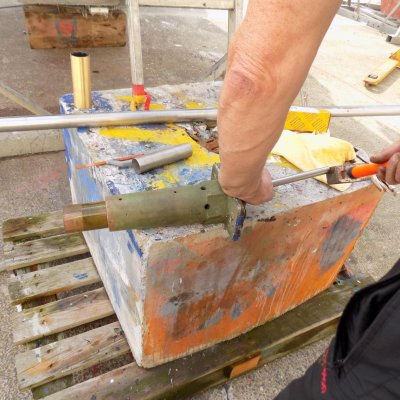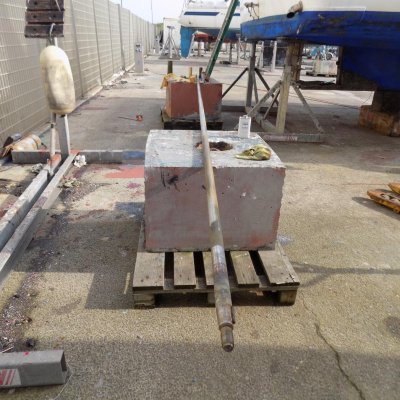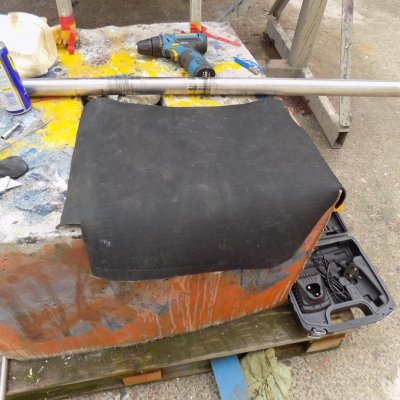Djoub
Veteran Member
Need some help understanding what I have for seals on my 1998 Mainship 35’ trawler, and what condition it is in. I’m a newbie to drive shaft seals and their adjustments. I have read some posts that discuss water hoses going to them and tightening the packing nut but not sure that applies to this style. PO told me to tighten it if they leak too much. What to tighten and what’s too much? Usually start with a dry bilge and after a 2-3 hour cruise there is 1-2 gallons in bilge when return. I’m concerned with the corrosion on the aft clamps and the condition of the rubber hose. I’m assuming a haul out for replacement. Any help or suggestions are appreciated.





